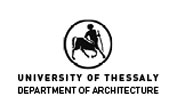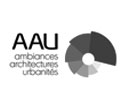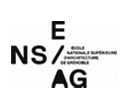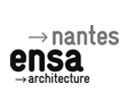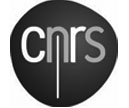4. Ambiance, atmosphere, climate: theory, politics and criticism
Methodological issues on how to gauge ambiances are related to theoretical and critical imperatives. We invite participants to clarify them, especially the respective reach of the notions of ambiance, atmosphere and climate. Ambiances affect us politically. Certain atmospheric "dissonances" can sometimes trigger strong emotions and disagreements. In other words, a highly-charged atmosphere/ambiance affects our behaviour while remaining difficult to gauge and to describe clearly. Atmospheres are shared but they can divide. Cities, urban landscapes and countries are criss-crossed by atmospheric charges, powers and resistance. How can we describe, conceptualise, theorise and criticise these?
The Arab Spring, indigenous movements, Occupy Wall Street, Republican protests in France, anti-austerity protests in Europe, etc. – contemporary urban public spaces everywhere are being used to hear and relay the calls of citizens to "change the world". Although these peaceful occupations and/or collective marches enjoy a large media echo and lend a particular tone to the televisual or radio landscape or to the World Wide Web – other less obvious or proactive movements with a lower profile, and sometimes emanating from the private sphere, are helping to slowly reconfigure the sensorial framework of the urban experience and contemporary urbanites. How is it possible to gauge and describe these transformations at work when most of them are part of long, pending or incomplete processes underpinned by complex socio-political issues? How can a focus on the socio-political dimension of ambiances/atmospheres foster a critical reflection concerning the sensorial evolution of the urban world?
Important Dates
4 Jan. 2016:
Deadline for abstract submission
20 Fev. 2016:
End of review phase
25-26 Fev. 2016:
Feedback to authors
3 May 2016:
9 May 2016:
NEW Deadline for article submission
21-24 Sept. 2016:
Congress

